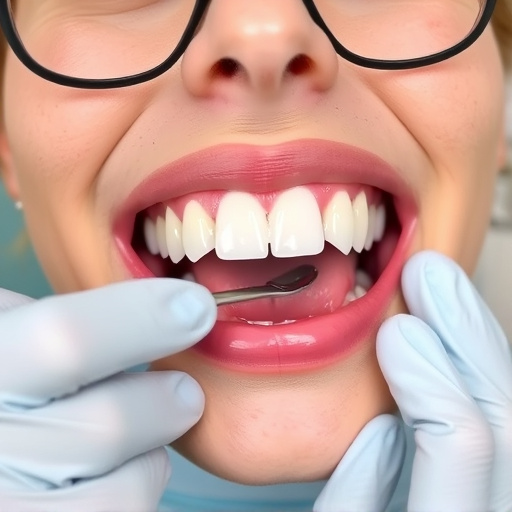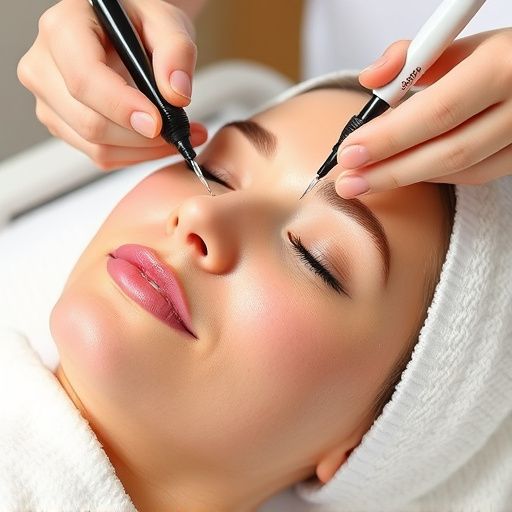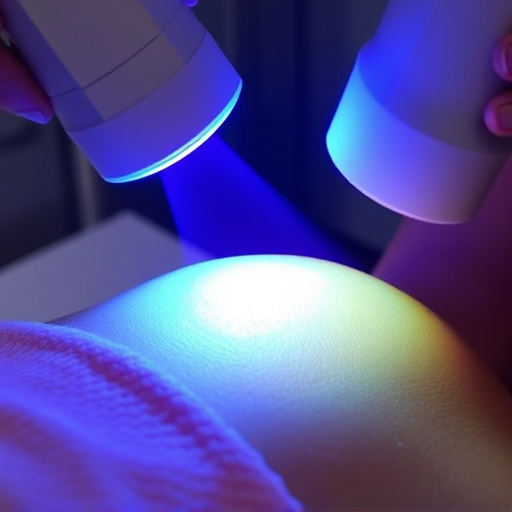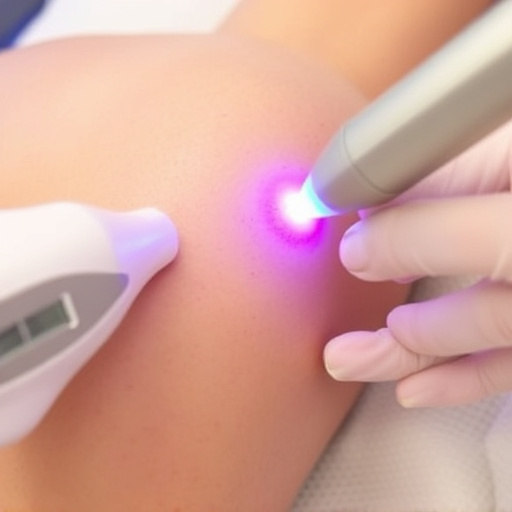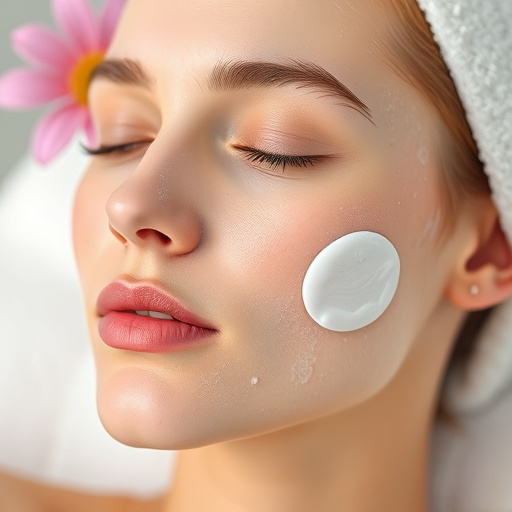Razor burn results from micro-cuts, sensitive skin, and dryness. A targeted shaving irritation solution involves personalized routines with soothing ingredients for hydration and gentle exfoliation. Topical treatments, post-shave lotions (aloe vera, shea butter), and facials by estheticians help heal skin. Proper shaving techniques and long-term strategies like regular exfoliation, tailored creams, brightening treats, laser hair removal, and adapted skincare routines minimize irritation for smoother, healthier skin.
Razor burn and shaving irritation are common skin issues, but understanding their causes can help you find effective solutions. In this article, we explore the underlying factors that contribute to these pesky problems. From identifying common causes of razor burn to uncovering topical treatments and long-term prevention strategies, you’ll discover practical tips for achieving smooth, irritation-free skin. Learn how to tackle shaving irritation head-on with our comprehensive guide.
- Understanding Razor Burn: Common Causes Unveiled
- Shaving Irritation Solution: Topical Treatments and Techniques
- Long-Term Prevention Strategies for Smooth Skin
Understanding Razor Burn: Common Causes Unveiled
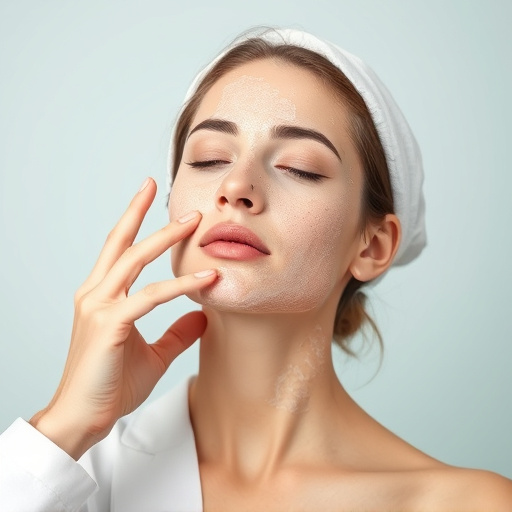
Razor burn, a common dilemma for many, is more than just an irritating sensation; it’s a complex reaction involving various factors that can disrupt your smooth skincare routine. Understanding the causes behind this uncomfortable condition is the first step towards finding effective solutions.
The primary culprits include dull or damaged razor blades, which can cause micro-cuts and irritation. Using a dull blade increases friction during shaving, leading to skin redness, itching, and sometimes even small bumps. Additionally, sensitive skin is particularly susceptible to razor burn; certain skincare products, fragrances, or even regular soap can trigger reactions, especially if they aren’t formulated for gentle use. Environmental factors like dry air or hot water can also contribute to skin dryness and irritation after shaving, making the skin more prone to razor burn. To combat these issues, a soothing shaving irritation solution is essential, focusing on personalized skincare routines and ingredients that calm and heal the affected area, such as those found in chemical peels designed for gentle exfoliation and hydration.
Shaving Irritation Solution: Topical Treatments and Techniques

Shaving irritation solution is a common concern for many individuals who regularly shave their facial hair or body hair. To address this issue, several effective topical treatments and techniques are available. One of the most straightforward approaches is to incorporate moisturizing lotions or creams after shaving, ensuring the skin stays hydrated and reducing inflammation. These products often contain ingredients like aloe vera, shea butter, or vitamin E, which possess soothing properties and help calm irritated skin.
For more persistent cases of shaving irritation solution, customized facials can be a game-changer. Skilled estheticians can create tailored facial treatments using non-surgical techniques to address specific skin concerns. Hydrating facials, for instance, focus on deep moisture delivery to repair and rejuvenate the skin, while also alleviating any post-shaving discomfort. By combining these topical solutions with proper shaving techniques, such as using a sharp razor and applying a warm lather, individuals can significantly minimize shaving irritation and achieve smoother, healthier skin.
Long-Term Prevention Strategies for Smooth Skin

To achieve and maintain smooth skin, long-term prevention strategies are key. Regular exfoliation helps remove dead skin cells and prevents irritation by allowing the razor to glide smoothly over your skin. Using a high-quality shaving cream or gel that aligns with your skin type can significantly reduce friction and minimize post-shave discomfort.
Consider incorporating advanced solutions like skin brightening treatments or laser hair removal for longer-lasting results. These methods not only reduce the need for frequent shaving but also address underlying skin concerns, leading to a smoother, more rejuvenated complexion. Regularly reviewing and adapting your skincare routine based on seasonal changes and individual needs is essential in managing shaving irritation solution.
Razor burn and shaving irritation are common issues, but understanding their causes can empower you to find effective solutions. By implementing topical treatments, such as moisturizing creams or soothing oils, and adopting better shaving techniques, you can significantly reduce irritation. Additionally, long-term prevention strategies like using high-quality razors, proper skin preparation, and regular exfoliation will contribute to achieving and maintaining smooth, irritation-free skin. Remember, a good shaving irritation solution involves both immediate relief and proactive measures for sustained results.


